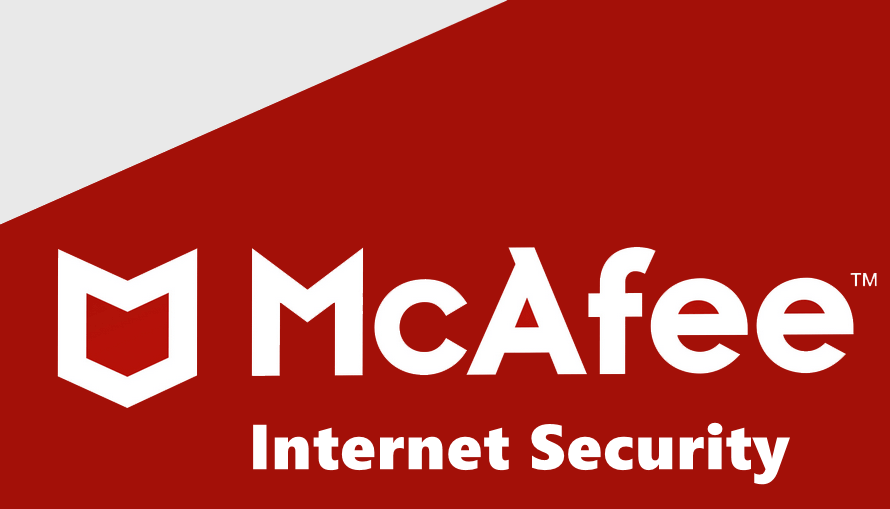It’s a valid question, considering the countless threats lurking in the digital world. Well, let’s address one common concern right off the bat – McAfee AntiVirus has proven itself to be a reliable and efficient solution when it comes to detecting and blocking malware. But the real question is, does it have the power to eliminate all types of viruses? In this discussion, we’ll delve into the capabilities of McAfee AntiVirus, exploring its performance in independent testing labs, its ransomware protection and firewall features, and the removal of past functionalities. By the end, you’ll have a clearer understanding of whether McAfee can truly rid your device of any virus, and whether it’s the right antivirus software for you. So, let’s dive in and discover if McAfee is up to the task.
McAfee AntiVirus Features and Pricing
McAfee AntiVirus offers a range of features and pricing options to suit the needs of users seeking reliable protection for their devices. When it comes to pricing, McAfee AntiVirus offers an annual subscription starting at $49.99. However, it’s important to note that McAfee AntiVirus Plus, which used to be available for $19.99, is no longer available for new purchases. Existing customers will continue to receive support, but new customers are encouraged to choose the suite level, such as McAfee Total Protection.
In terms of features, McAfee AntiVirus provides core tasks like scanning, quarantine, and real-time scanning. It also offers comprehensive identity theft service through McAfee+, which is a valuable benefit for users concerned about their online security. However, it’s worth mentioning that McAfee AntiVirus has some limitations. For instance, it only protects one device, which may not be practical for many users who have multiple devices that need protection.
When comparing McAfee AntiVirus with other antivirus utilities, it’s important to consider factors like pricing and the range of features offered. Other antivirus utilities like Bitdefender, Emsisoft, and ESET NOD32 Antivirus charge less, around $40. Additionally, some competitors like Norton AntiVirus Plus and G Data Antivirus offer similar pricing options and provide excellent protection for users. Overall, while McAfee AntiVirus offers reliable protection, it’s important to carefully consider the pricing, features, and limitations before making a decision.
McAfee’s Performance in Independent Testing Labs
McAfee’s performance in independent testing labs has consistently demonstrated its effectiveness in providing reliable antivirus protection. Here are the key highlights of McAfee’s performance:
- McAfee’s detection rate: McAfee achieved a 95% detection rate and scored 9.4 out of 10 points in malware protection tests. It caught almost all malware samples immediately on launch, surpassing 93% in previous tests.
- McAfee’s real-time scanning: McAfee’s real-time protection component is integrated with its ransomware protection. It watches the behavior of programs and makes protected copies of files at the first sign of an attempt to encrypt them.
- McAfee’s phishing protection: McAfee’s WebAdvisor component blocked access to 53% of phishing URLs and scored near 100% in phishing protection tests. It uses heuristics to detect phishing sites without relying solely on blacklists.
- McAfee’s behavior-based ransomware protection: McAfee’s antivirus uses behavior-based analysis to detect and quarantine ransomware programs. It caught 5 out of 12 hand-modified ransomware samples in a test.
- McAfee’s performance in malware protection tests: McAfee earned perfect scores from all three testing labs and advanced+ ratings in all tests from AV-Comparatives. It also received AAA certification from SE Labs.
McAfee’s consistent performance in independent testing labs showcases its ability to effectively protect against malware, phishing attacks, and ransomware.
McAfee’s Ransomware Protection and Firewall
To ensure comprehensive protection against ransomware and bolster your firewall defenses, it is important to understand the features and capabilities of McAfee’s ransomware protection and firewall components. McAfee’s ransomware protection is integrated with its real-time protection, allowing it to detect and respond to new ransomware attacks. If regular protection fails to recognize an attack, McAfee’s antivirus monitors the behavior of the program and creates protected copies of files at the first sign of encryption attempts. It also quarantines the ransomware program. McAfee’s firewall, which integrates with the built-in Windows firewall, offers advanced capabilities to block outbound network traffic from risky apps and sites. It operates in Smart Access mode, making network permission decisions. McAfee’s firewall protection cannot be disabled through Registry tweaks and has been optimized to reduce the number of running processes. Additionally, McAfee’s network traffic monitoring feature helps identify and block suspicious network activity. The following table summarizes the key capabilities of McAfee’s ransomware protection and firewall components:
| Feature | Description |
|---|---|
| Real-time protection | Monitors and detects ransomware attacks in real-time |
| Behavior-based ransomware detection | Watches the behavior of programs to identify and respond to ransomware attacks |
| Integration with Windows firewall | Collaborates with the built-in Windows firewall to provide enhanced firewall protection |
| Network traffic monitoring | Analyzes network traffic to identify and block suspicious activity |
Removal of Past Features in McAfee
Several features have been removed from McAfee, including the App Boost and Web Boost features, the My Home Network remote management capability, the Tracker Remover feature, and the secure deletion File Shredder. These removals have impacted the functionality and security measures of McAfee antivirus.
- App Boost and Web Boost features: These features, which enhanced the performance of applications and web browsing, are no longer available in McAfee.
- My Home Network remote management capability: McAfee no longer includes the functionality to remotely manage multiple computers within a home network, reducing convenience and control for users.
- Tracker Remover feature: The ability to clean up traces of computer and browsing activity has been removed, potentially leaving users vulnerable to privacy breaches.
- Secure deletion File Shredder: McAfee no longer provides the option to securely delete files beyond forensic recovery, compromising data protection.
These removals highlight the need for users to stay updated on the latest McAfee antivirus updates and take advantage of McAfee customer support. It is essential to regularly update the antivirus software to ensure effective virus removal and malware detection. Additionally, users should be aware of other cybersecurity measures to supplement McAfee’s capabilities and protect their devices and personal information.
Summary of McAfee AntiVirus
The summary of McAfee AntiVirus reveals its high performance in independent testing labs and hands-on tests, making it a reliable choice for Windows protection. McAfee AntiVirus receives perfect lab scores from all three testing labs: AV-Test Institute, SE Labs, and AV-Comparatives. It achieved a perfect 18 points in the latest AV-Test Institute report and earned AAA certification from SE Labs. McAfee also received Advanced+ ratings in all three tests from AV-Comparatives.
In terms of system performance, McAfee AntiVirus has a minimal impact on your computer’s speed and resources. It runs efficiently with only four processes, reducing the number from 14 in previous versions.
McAfee AntiVirus is compatible with different operating systems, including Windows. However, it is important to note that it only protects one device, which may not be practical for many users.
McAfee’s user interface is intuitive and user-friendly, with panels and icons for different features. It offers core tasks like scanning, quarantine, and real-time scanning.
When it comes to customer support, McAfee provides assistance for existing customers. However, some long-standing features, such as My Home Network and File Shredder, have been removed.
Effects of Undetected Malware
Undetected malware can have detrimental effects on your computer. It can cause performance issues, slow down or interrupt hardware functioning. Moreover, it can lead to data corruption, compromising the integrity of your files and documents. Additionally, certain types of malware, such as spyware, stalkerware, and keyloggers, can facilitate identity theft, putting your personal information at risk. Financial crimes are also a concern, as malicious software can be used to aid in unauthorized transactions. Furthermore, some malware, like ransomware and certain spyware, can even be used for extortion purposes.
The effects of undetected malware can be severe and far-reaching. To protect yourself and your computer, it is important to be aware of the signs of undetected malware, such as unusual pop-up ads, slow performance, or modifications to settings without permission. If you suspect that your computer may be infected, take immediate action. Run a virus scan using a reputable malware removal tool, or seek professional help if needed. Remember, staying vigilant and taking proactive measures can help safeguard your data and protect against the devastating consequences of undetected malware.
Reasons Antivirus Software Fails
Antivirus software can fail to effectively protect against malware due to a variety of factors. One of the main limitations of antivirus software is the sheer volume of new malicious programs being created. With the constant emergence of new threats, it becomes challenging for antivirus programs to catch all of them. Additionally, outdated antivirus software poses a risk as it relies on updated databases to detect known threats. Legacy antivirus programs may not have the capability to block emerging threats with unregistered signatures, rendering them obsolete.
Furthermore, some malware can bypass cybersecurity mechanisms due to sophisticated designs or social engineering techniques, making it undetectable by antivirus software. Even competitor software can miss certain threats, highlighting the challenges in malware detection. As malware threats continue to evolve, antivirus software needs to adapt and stay ahead of the game. It is important to understand these limitations and regularly update and upgrade antivirus software to ensure effective protection against evolving malware threats and vulnerabilities in competitor software.




